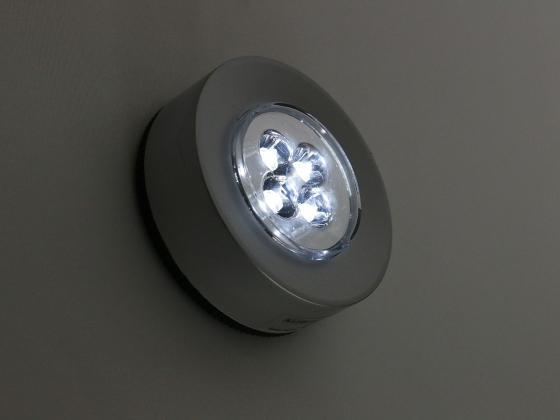New Breakthrough in LED Lighting Enhances Illumination and Energy
A team of German experts may have developed a new material that could revolutionise the lighting market by changing the colour of the light that is emitted by LED light bulbs. Since 2001, Wolfgang Schnick...

A team of German experts may have developed a new material that could revolutionise the lighting market by changing the colour of the light that is emitted by LED light bulbs. Since 2001, Wolfgang Schnick and his team have been researching light quality and luminescent materials, and they’ve now developed a new luminophore that creates white light – not the yellow or orange-tinged light that we have come to expect from all light bulbs.
The breakthrough relies on the colour rendering index, which should be as high as possible for a good light source. The current batch of LEDs that are on the market are levelling at around 80 on the index, but sunlight is almost at 100, meaning there is a gap that needs to be bridged. The new luminescent material created by Schnick and his team can get energy-saving LED light bulbs up to 90 on the colour rendering index – a great improvement on current offerings.
Steven Ellwood, Managing Director of BLT Direct, a UK supplier of lighting solutions and experts in all areas of illumination, says, “We love hearing about future developments in the world of LED light bulbs – it’s our duty to ensure we’re always up to date on all the latest breakthroughs, and this one appears to a huge leap forward. The LED bulbs we currently have in stock come in a multitude of colour temperatures so consumers can choose the shade they want, but Mr Schnick’s discovery could help hone the quality of the lights even further – which is exactly the kind of breakthrough that will make LED lamps the most efficient of them all.”
Mr Schnick speaks of an interesting analogy that we’ve all experienced to demonstrate the difference between the older bulbs and his developments. When shopping with his wife, sometimes she asks him to step outside with her to look at a certain dress she wants to buy in daylight – sometimes navy blue can look black under certain lights, and colours can be distorted. Now, the breakthrough of the new luminescent material puts an end to this kind of distortion.
Not only will the new development enhance the light quality and colour, it will also save energy. The current batch of LEDs add too much red to the light they product; red is a colour that the human eye can’t fully process. This means that a certain percentage of the light created by an LED is wasted on humans, because we can’t ‘see’ it. In adding less red to the mix with the new luminescent material, bulbs need less energy to be more visible, saving up to 14% on energy consumed.
